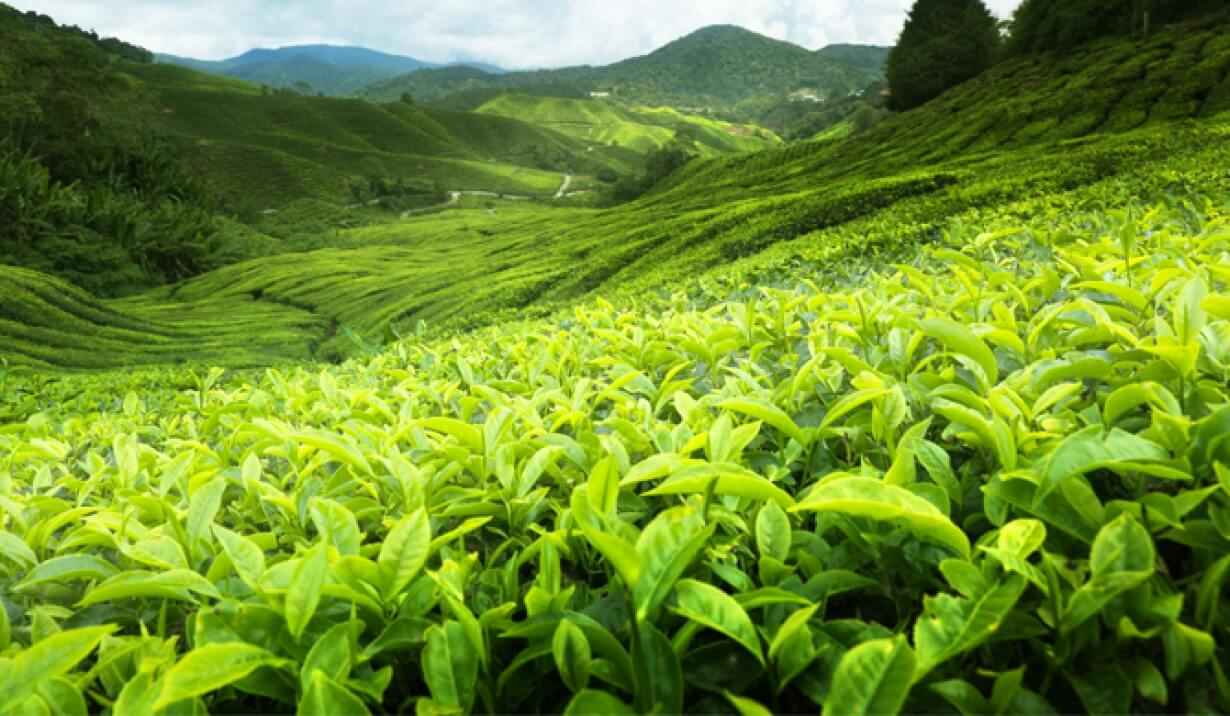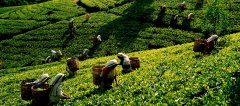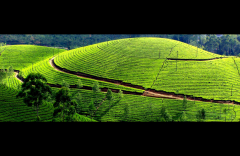Which would you prefer Sri Lanka or Ceylon black tea? Where should I buy it? How does Ceylon black tea taste?
Notes on the evaluation of Wuwa handmade black tea
The tea we see here has been best dried and has no smell of fuel or smoke, which I think is incredible for the original setting. Its immersion has good lightness and sharpness. Meticulous post-harvest treatment is shown in the clarity of taste, which is a rare South Asian product. This non-ambiguity reflects the immediacy in the process of time, nursing and management. The aftertaste shows great malt potential. If I indulge myself to be picky, I would like to see deeper improvements, more body and smoother contours, all of which I believe can be achieved as the overall experience of the Beverly team grows.
The processing of black tea is not only the oxidation of catechin.
Before I finished this article, I discussed oxidation in the process of black tea processing (more commonly known as "fermentation") in a forum. Many people in the industry seem to believe that the oxidation process of tea is related to the conversion of catechins to theaflavins, which is the substance that makes black tea orange when brewing, and is also one of the components of astringency in tea. The best astringency in tea helps to form freshness and sharpness. It enhances the accent and gives a side pitch. However, it is uncomfortable to drink too much tea.
In this case, it is obvious that there is already a large amount of theaflavins, so other members of these forums may blame tea? The truth is, they just oversimplify a very complex process.

Human and Automation
In our "modern" era of automation and mass production, the manual processing of black tea has been ridiculed for many years. The art of manual processing has been forgotten by many, if not the vast majority, the tea trade. For most people, it is easy to read a few lines of popular tea ceremony books, which simplify some key concepts and instill this naive understanding into the truth. Others rely on factory-style production, which is a serious compromise to the original black tea processing principles and technology. They used this method of excerpt as the original method. Simplification may be a forgery of reality.
For this high-quality ambadanddegama Wuwa traditional black tea, if we are very picky, we can have a little room to increase the range of sugars and amino acids to improve the body. There's more pectin. The process of forming these substances begins even before the leaves are pulled from the branches. The oxidation of catechins is only a group of changes in the processing process. In fact, most of the more than 300 substances that make up tea are changing throughout the process. They form more than 500 substances in a whole piece of black tea. Most of these make up the taste and aroma of tea. The change of proportion and some domination or absence form a unique taste outline of tea. In Beverly's own words, "making tea is a 'story' that I will never finish."
A comprehensive and continuous process.
I believe that the good people in the ambadanddegama tea garden see the process as a whole and understand the continuous change of leaves from the top of the branch to the cup. A deeper understanding of this process will lead to technical improvements that will allow the life of the leaves to develop into a perfect taste, which will win the best crown of Ceylon black tea for the origin of Uva. This will be the big story of making tea that I look forward to.
Important Notice :
前街咖啡 FrontStreet Coffee has moved to new addredd:
FrontStreet Coffee Address: 315,Donghua East Road,GuangZhou
Tel:020 38364473
- Prev

What kind of tea is rich in Sri Lanka? The three best specialties of Ceylon black tea are Wuwa black tea.
Uva black tea is to Ceylon what Bordeaux wine is to French wine, except that the latter has a much higher socioeconomic status, at least for now. Ceylon (Sri Lanka) black tea is a key ingredient in many commercial blended teas and was the world's largest exporter of black tea before Kenya became a major net exporter of black tea. The unique nature of this southern South Asian island country.
- Next

Why is Sri Lanka black tea better than Chinese black tea? Is Ceylon tea passed down from China?
Ham and luncheon meat in tea For me, good tea and popular tea are completely different products. It's more different than Brie de Meaux and Kraft cheese slices; or ham is the difference between lunch meat. On the other hand, few people realize this because of the lack of mass access to this quality. I can have a lunchmeat sandwich once in a while, but I'm not
Related
- What ratio of water temperature and ground does the smart cup method use to press coffee? The difference between brewed coffee and filtered coffee?
- What is the standard process for the purpose of coffee cup testing? What is the difference between hand-brewed coffee and cup testing?
- How to use hand-brewed coffee paragon small golden balls? How does cold coffee lock in the aroma of coffee?
- Is American coffee black? What is the difference between American coffee and drip coffee?
- Unexpected! Well-known tea beverage brand Lele Tea will withdraw from the Zhengzhou market!
- Starbucks enters the fashion and beauty industry?! Netizen: Give me an ice American eye cream
- Why can American refills for free? The difference between Americano and American drip pot coffee
- Being chased out of the rain in front of Starbucks?! Store: Sheltering from rain under umbrellas poses a safety hazard
- The white moonlight has changed?! Lucky launches "Big Winter Pear American"
- Hand-brewed coffee three-stage method, high-sweet and universal brewing method to share! What does the high sweet water level of hand-brewed coffee mean?

